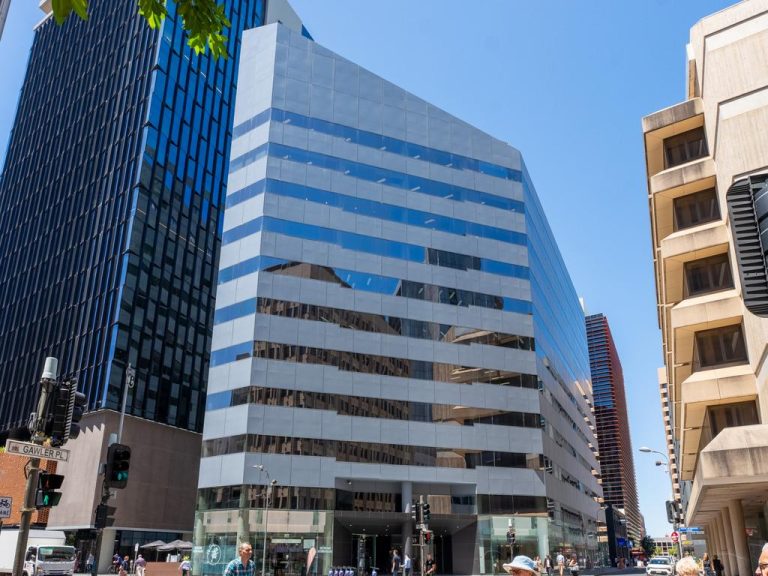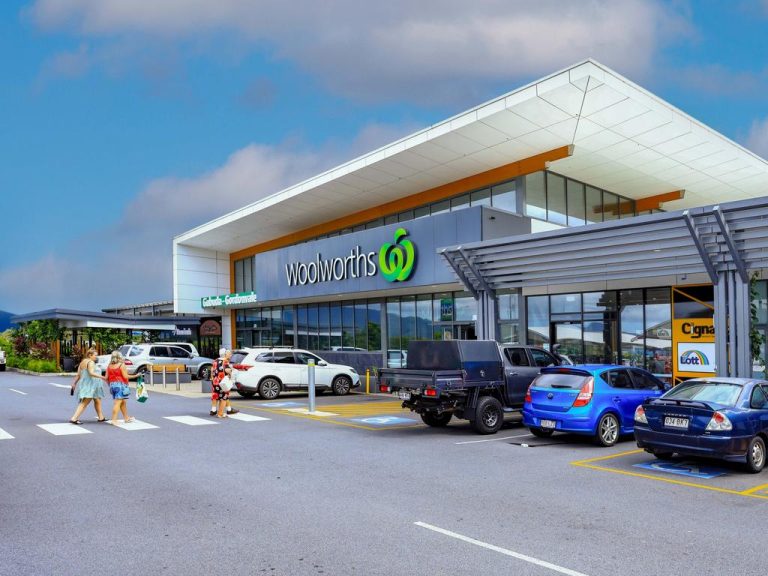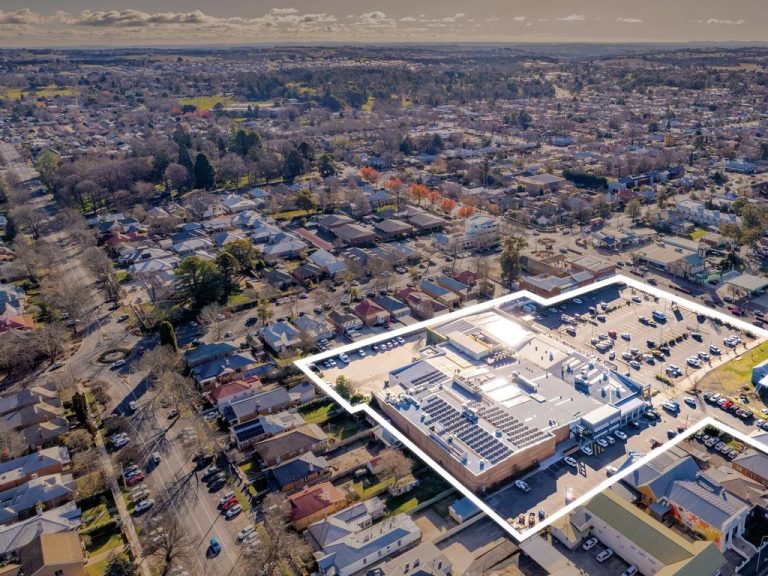Mirvac goes to market for partners for $2bn Circular Quay project
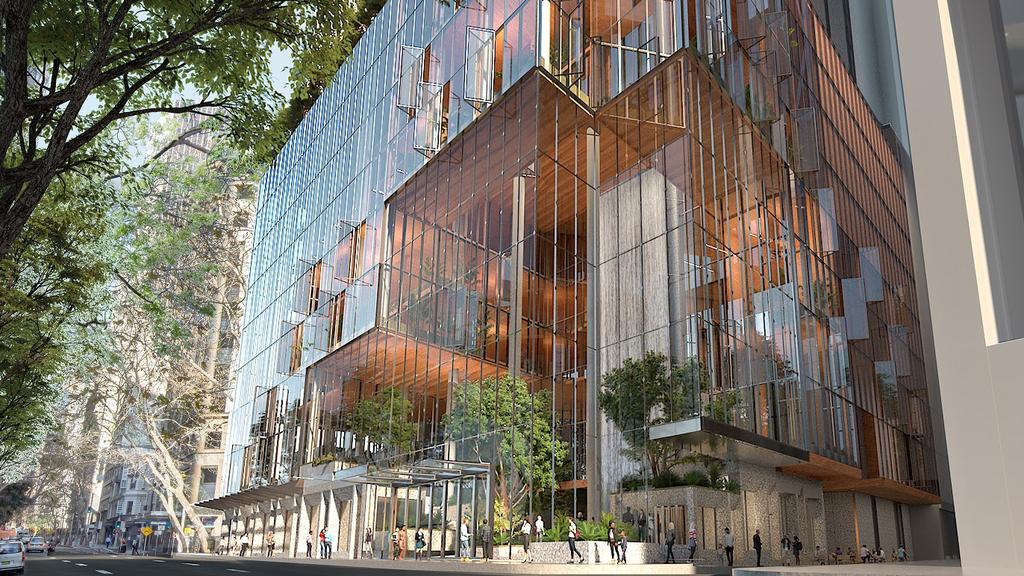
The next generation of city office towers is taking shape, with developer Mirvac advancing plans for its $2bn premium skyscraper at Circular Quay.
The next generation of city office towers is taking shape, with developer Mirvac advancing plans for its $2bn premium skyscraper at Circular Quay in a sign of the industry’s belief in the best quality assets leading the way out.
The listed company is kicking off a process to secure a capital partner to back the planned tower, with real estate agencies Knight Frank and CBRE scouting the market for an institution to take a one third stake.
The move signals Mirvac’s confidence in the very top end of the office market, which is still seeing activity despite the falling value of ageing buildings and high office vacancies driving up incentives.
But Mirvac is confident that ultra-modern buildings in the core districts of global cities will prevail and is keen to take on a capital partner, in keeping with its business model of striking up alliances to get big projects under way.
Other major players also used this model with their own nearby towers, with Lendlease getting offshore backing for both Sydney Place at Circular Quay and One Circular Quay, and the Quay Quarter precinct winning local investors when launched by AMP Capital.
The move comes amid a late year pick up in deal making, with Mirvac and co-owner Blackstone also closing out the sale of 60 Margaret St and the MetCentre to funds house Ashe Morgan and a unit of Japan’s Mitsubishi in a $777m deal.
The big ticket transactions have bolstered confidence and show capital is still available for large-scale projects.
While Mirvac is yet to make a final decision on going ahead, the search for capital partners indicates its confidence, with rival Charter Hall also pressing ahead with its Chifley South tower and Lendlease and Dexus also assembling Sydney sites.
Big name tenants are seeking out space in top environmentally-rated buildings and want luxurious towers to draw staff back to their offices in order to boost productivity.
At the same time, local wholesale funds are selling office assets, partly as they look to meet redemptions to satisfy departing investors.
Mirvac’s flagship wholesale fund is separately weighing up taking a stake in 255 George St to market, putting the $800m tower in play.
Notably, the fund has rights to take an interest in the 55 Pitt St project, but any such move is yet to be revealed by either the fund or the company, which has declined to comment.
Mirvac has tapped Knight Frank’s Ben Schubert, Paul Roberts and Neil Brookes and CBRE’s Flint Davidson and Stuart McCann to advise on the process, with the pitch that the office is approaching 30 per cent of pre-committed space.
Key tenants to strike heads of agreements include a co-working company and a tech group in another Mirvac asset.
Other tenants are also in talks for further space at the landmark project.
Mirvac has approval for a mixed-use development of a 56-storey podium and tower that could soar just over 240m. There will also be an upgrade of adjacent buildings and a through-site link between Dalley St and Underwood St.
The finished product will consist of 45 storeys of office space, retail floorspace across an eight-storey podium and several features that pay respect to “Indigenous narratives”.
With frontages to Pitt, Underwood and Dalley streets, the development will span about 62,000sq m of premium commercial and retail space in the Circular Quay precinct. Civil works kicked off in August 2022.
Mirvac this month flagged a push into build-to-rent and land lease, and that it could look over time to sell mature assets in its office portfolio. It is readying to bring 40 Miller St in North Sydney to market with that A-grade building being handled by CBRE’s Michael Andrews, James Parry and Kenny Duncanson.
Mirvac is making next generation offices a focus and is confident its latest building at 55 Pitt St will attract investors. It already has a presence on the block as it developed the tower at 200 George St occupied by Ernst & Young.
Mirvac’s potential sale of a stake in 255 George St – a $800m asset owned by its flagship Mirvac Wholesale Office Fund – would likely appeal to different investors. A 50 per cent interest in the building, the former NAB House, could be sold as the fund now looks to reweight.
Mirvac is looking to reposition the fund that it picked up out of the former AMP Capital empire, which was sold off to rival Dexus. Real estate agencies Cushman & Wakefield and JLL will handle the offer of one of the city’s top A-Grade buildings.
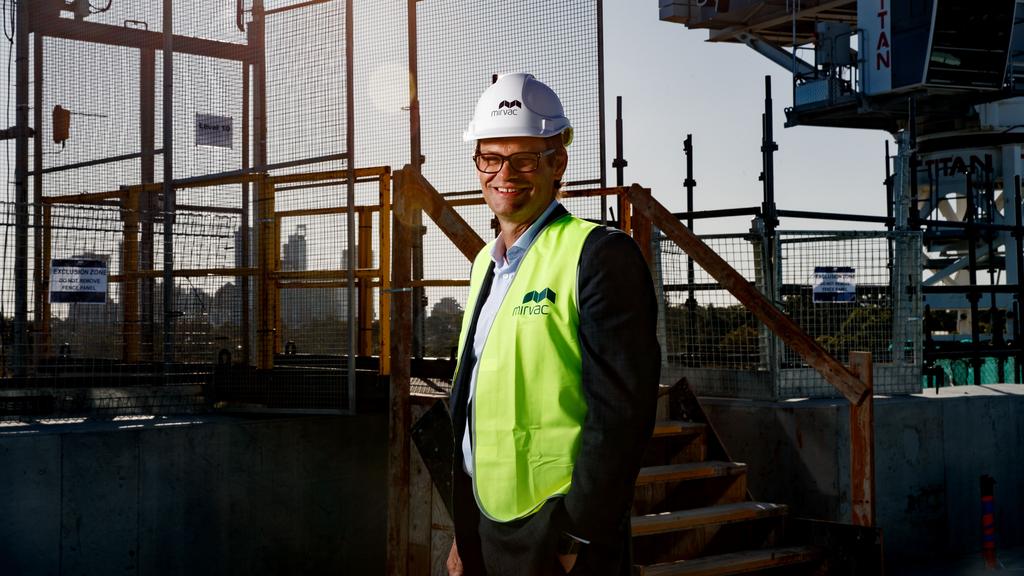
Mirvac CEO Campbell Hanan at its Willoughby development NINE. Picture: Nikki Short
With 29 levels of office space, the building has premium amenities such as multi-use flexible work spaces, brand-new ground floor with new cafe and end of trip facilities.
The 39,940sq m building comprises three levels of basement parking, a ground floor banking chamber, with the A-grade office levels above. It was refurbished in 2010 and further upgraded in 2022 and is multi-tenanted.
Ratings agency S & P Global Ratings in August cut Mirvac Wholesale Office Fund’s outlook to negative on the back of elevated unitholder redemptions and capex requirements, while also affirming its A-rating.
“Large and ongoing unitholder redemption requests will continue to weigh on Australia-based Mirvac Wholesale Office Fund’s key credit metrics in the next 18 months.
These redemption requests come at a time of significantly rising interest costs, declining occupancy, and sizeable capex commitments,” S & P said.
The fund’s $7.4bn portfolio comprises 11 assets located along the eastern seaboard of Australia, with geographic diversification across the key gateway cities of Melbourne and Sydney.
The portfolio’s prime asset allocation, weighted average lease expiry of 5.5 years, and high occupancy rate of 90.7 per cent support the fund’s credit quality.
MWOF is pursuing several capital management initiatives, including asset sales and reduced distributions, to ease pressure on the rating.
The fund had outstanding unit holder redemption requests of about $434m, representing 7.5 per cent of units on issue at the end of June. It must pay redemptions by December 2024 but has been cutting debt, driven by a $271m equity contribution from Mirvac.
“We expect asset valuations to remain under pressure in the next 18 months as rising interest rates continue to drive up property capitalisation rates. This, together with the debt funding of redemptions and capex, will maintain pressure on the group’s gearing,” S&P said.
But the fund’s high quality assets should help it to combat tough office market conditions, particularly relating to structural demand pressures arising from the switch to work from home. And well-located top-grade buildings of this kind are already outperforming in the city.
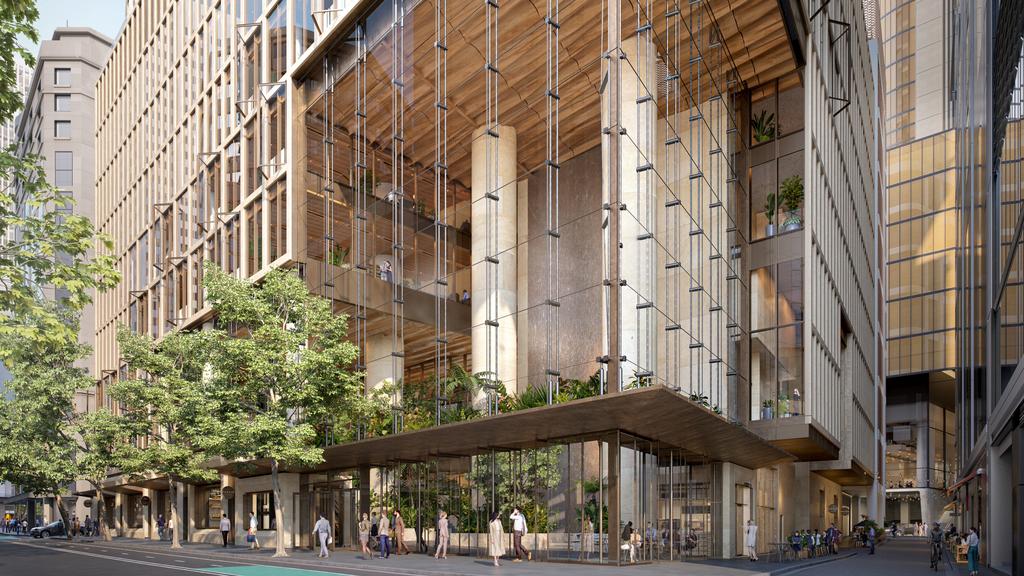
Mirvac is advancing plans for a premium tower at 55 Pitt St in Sydney.
The Sydney CBD’s overall office vacancy rate bumped up to 14.5 per cent in the most recent period, according to JLL Research.
It recorded negative net absorption in the September quarter as new subleases were offered, and several multinational organisations consolidated their occupational footprints.
But there is a sharp quality difference emerging in the Sydney CBD office market. Over the past 12 months, the core precinct recorded 61,000sq m of positive net absorption, while other precincts suffered a reduction in occupied stock.
Whether the building is old or new, tenants, developers and investors increasingly only want the top buildings in the best spots.
Mirvac has approval for a mixed-use development of a 56-storey podium and tower that could soar just over 240m.

